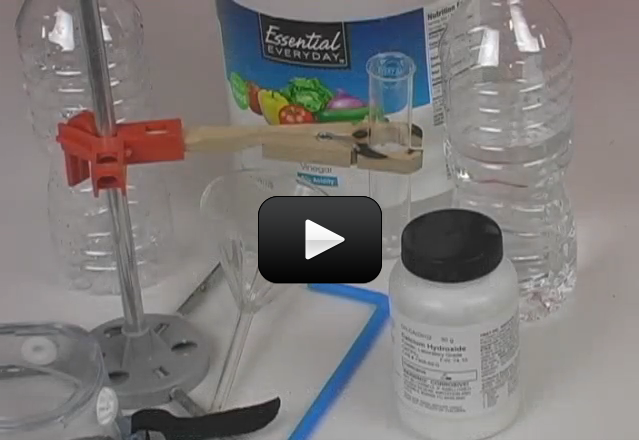Out of all the kinds of sedimentary rocks, limestone makes up 10% by volume. People have used limestone in architecture like the Great Pyramids, castles in Europe, and in early 20th century buildings like banks and train stations. Today we use it as white filler in toothpaste, to build roads, make tiles, in cosmetics, and added to breads and cereal as a cheap source of calcium.
Please login or register to read the rest of this content.


It should only be used with adult help, and following the instructions carefully. If you think about it, any chemical is dangerous if you don’t handle it properly. This one is one to particularly watch out for, as we are using it in the experiment that I didn’t have a good substitute for it. Feel free to skip doing it yourself if you’re not sure about it and just watch the video instead.
Aurora, if limewater is toxic why do you use it?
Limestone is a sedimentary rock that is mostly calcium carbonate. In this experiment, you’re making calcium carbonate (limestone)… most limestone is made of calcite and aragonite minerals which are different forms of calcium carbonate.
where is the limestone after the experiment?